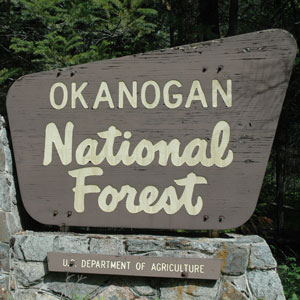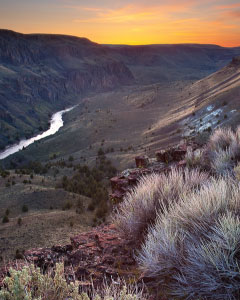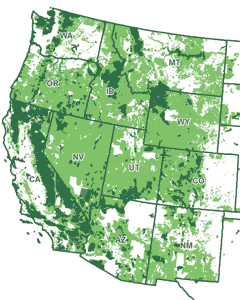-

Update: Rural counties in the West with more federal lands performed better on average than their peers with less federal lands in four key economic measures. Read more
-

County governments are compensated for the tax-exempt status of federal public lands within their boundaries. These payments often constitute a significant portion of county and school budgets, particularly in rural counties with extensive public land ownership. Read more
-

How national wildlife refuge payments–especially important to rural counties–could be reformed and funded. Read more
-

How county governments can benefit from reforming wildlife refuge payments. Read more
-

Many Congressional Districts benefit from LWCF, and Republican Districts have seen disproportionate LWCF investment for federal land acquisition. Read more
-

A graphical and data analysis of LWCF program benefits for every state. Read more
-

Like many rural counties in the West, Wheeler County faces economic difficulties. It also has untapped resources and opportunities, which suggest the possibility of a brighter economic future. Read more
-

Reform ideas for future county payments from Headwaters Economics as well analysis of proposals made in the House, Senate, and by the President. Read more
-

This updated report analyzes the economic value of public lands in Grand County, Utah and the important role that these lands play for local businesses and the well-being of the region’s economy. Read more
-

This report examines whether the Tongass Transition Framework, which proposed a “new path forward,” is working to enhance economic opportunities in southeast Alaska while conserving the National Forest. Read more
-

How can communities measure and take advantage of the economic impacts of nearby outdoor recreation activities on public lands? Read more
-

Compared to other nations and even U.S. states, the federal government is a conspicuous laggard in creating a natural resources trust which would allow for stable, permanent, and ever rising payments to states and local governments without risks to taxpayers. Read more
-

Protected federal lands (such as Wilderness or National Parks) not only preserve unique landscapes, but have the potential to attract in-migrants such as baby boomers, which in turn help support a robust local economy. Read more
-

This report provides a way to calculate the economic impacts of natural resource restoration activities to nearby communities that should be helpful to local officials, agency staff, and policy analysts. Read more
-

This report provides an initial analysis of the potential economic impact of protecting the Owyhee Canyonlands area in Malheur County, Oregon. Read more
-

Headwaters Economics research and accompanying interactive map show the amount of per capita income explained by protected federal lands for each county in the non-metropolitan western U.S. Read more
-

This report finds that the West’s popular national parks, monuments, wilderness areas and other public lands offer its growing high-tech and services industries a competitive advantage. Read more
-

Headwaters Economics worked with the Clark Fork Coalition, U.S. Forest Service, and others to create an interactive tool that describes many of the stories behind the ongoing recovery of the Clark Fork River. Read more
-

News release for report that shows how the western United States is outperforming the rest of the country and the role protected federal lands in providing western states a competitive economic advantage. Read more
-

This fact sheet summarizes Washington’s recent economic growth and the role of protected public lands in supporting faster job creation and higher per-capita income. Read more